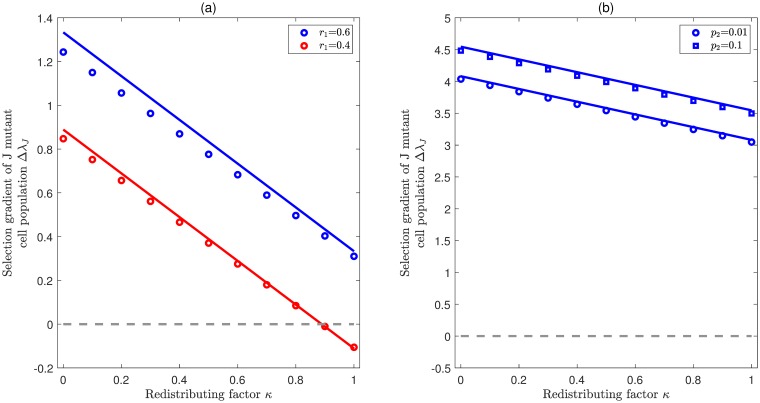Fig 6. Selection for jumpwise de-differentiation when the effective rate of self renewal is highest in compartment 3.
Illustration of the selection gradient ΔλJ as a function of the redistributing factor κ provided that λ0 = r3(p3 − q3). In both panels, colored lines represent eigenvalue perturbation results in Eq (9) and symbols represent exact numerical solutions. The common parameters are n = 4, ρ = 0.01, d = 0.05. (a) Expanding case (λ0 > 0). In this case, there are two different scenarios: For , ΔλJ is always positive (blue color). For r1 < 0.45, ΔλS is changed from positive to negative with the increase of κ (red color). Here p1 = 0.5, p2 = 0.65, p3 = 0.85, r2 = 0.4, r3 = 0.6. (b) Homeostasis case (λ0 = 0). In this case, ΔλJ is always positive. Here p1 = 0.01, p3 = 0.5, r1 = 0.8, r2 = 0.7, and r3 = 0.2.

